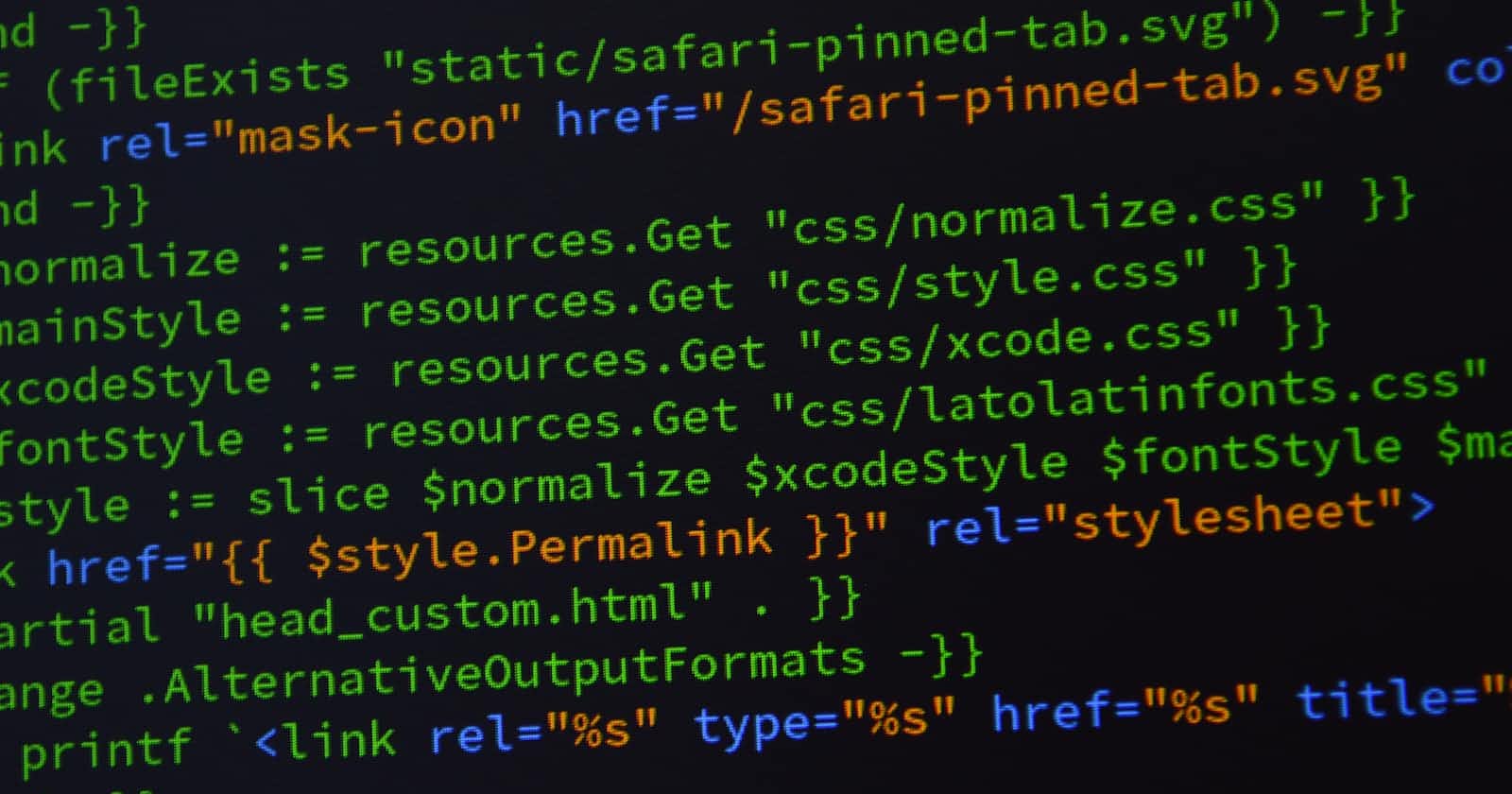I have been planning to rejuvenate my personal website/blog with a new backend for a long time. I have finally moved to Hugo after messing with different kinds of tech stacks over time.
So I have moved every single feature to Hugo successfully, but there are a few things that don’t fully work yet, but for the moment, I’m happy with my new site.
For now, Everything is in a private repository, but I hope eventually it will be publicly available (of course) on GitHub, hopefully with some good posts.
This post is not intended as a walkthrough on how to do it, but simply sharing my experience, hoping to impart some useful knowledge along the way.
The reasons why I left Flask (or any other Dynamic backend)
Security (static is more secure)
Maintenance
Cost ($5 for a month is not too much, but free is better)
Pros (Benefits)
Hugo is written in Go and therefore incredibly fast.
It’s just a single executable with no external dependencies.
It’s written in Go and the installation is incredibly easy using Homebrew:
Low maintenance efforts. No regular updates and backups are required.
Cons (Drawbacks)
Hugo’s template language sucks.
You are limited to the Hugo feature set.
You have to use 3rd party systems like Disqus for comments, Algolia for search, and a form handling service. Fortunately, Netlify has it.

